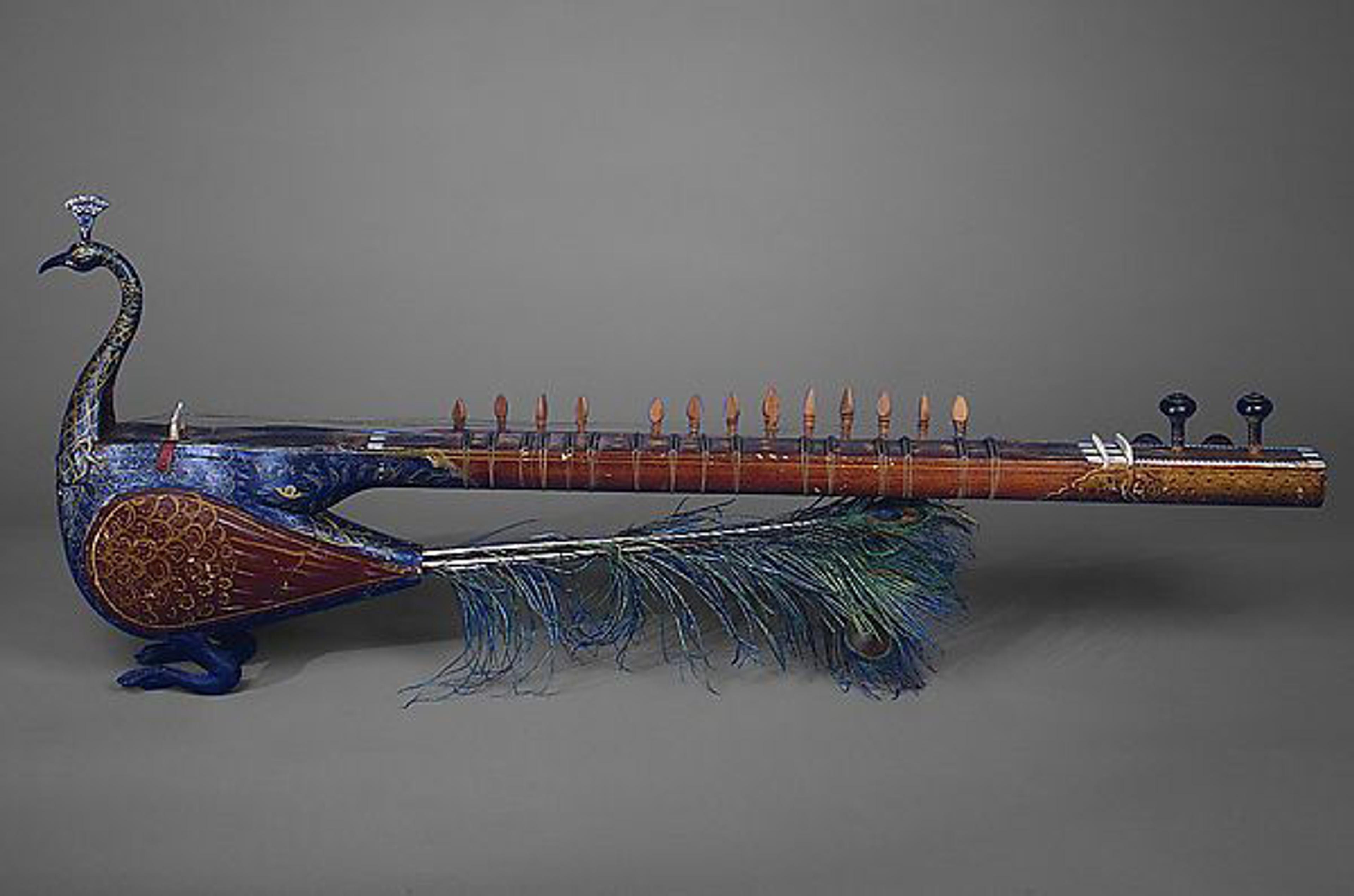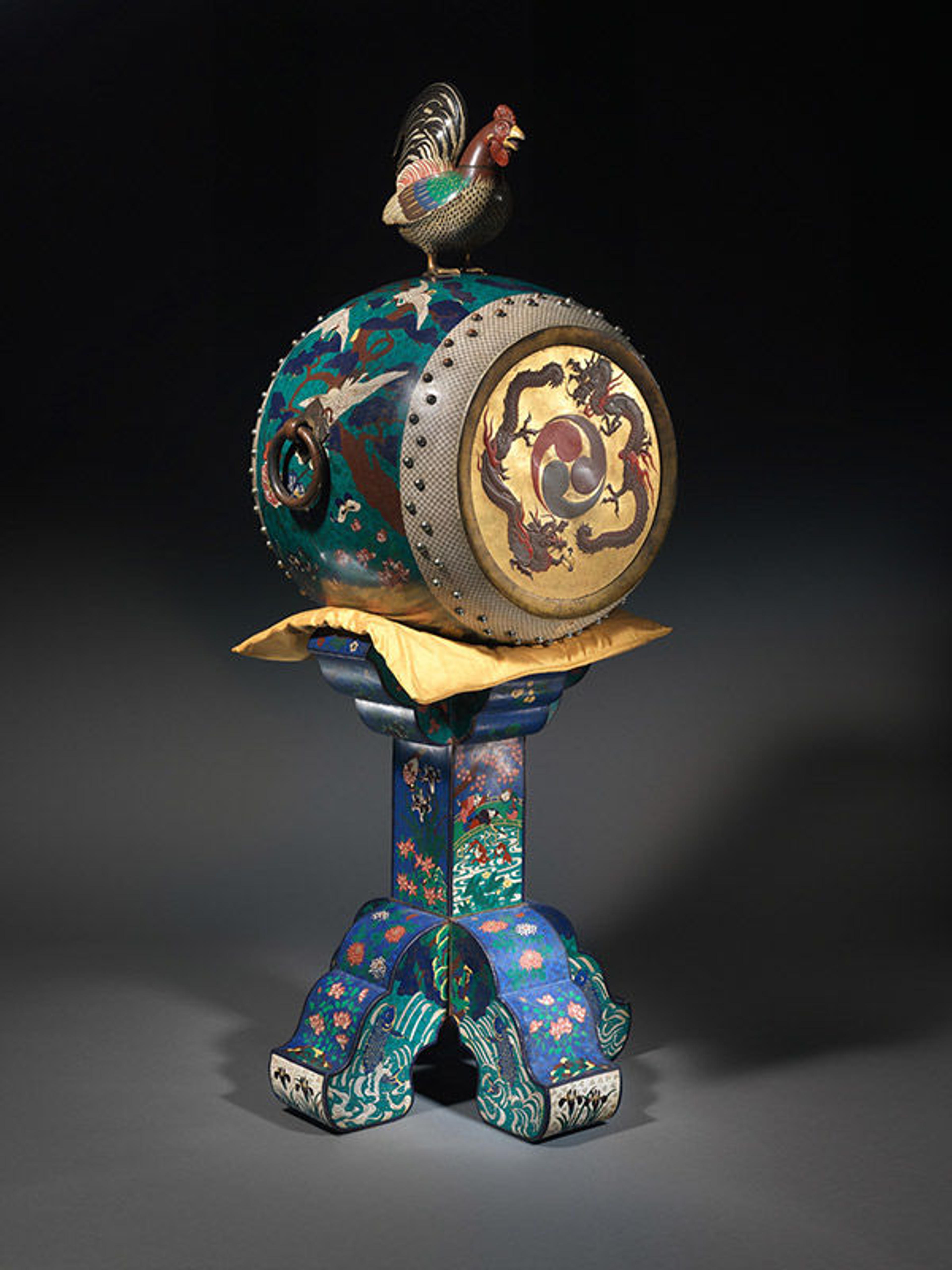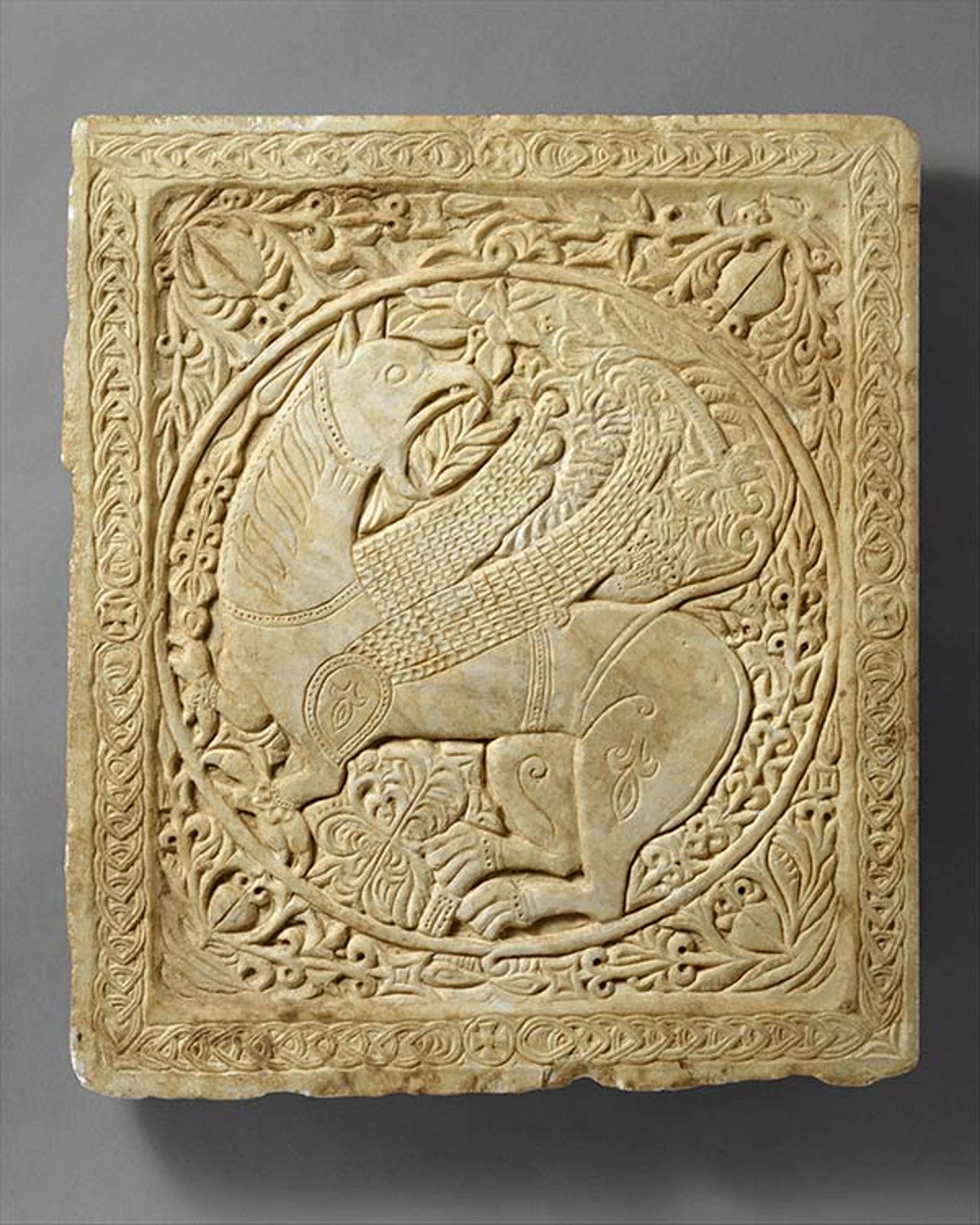Music at the Met!
Musician Michael Hearst with his bandmates Ben Holmes, Allyssa Lamb, Kristin Mueller, and Jonti Siman. Photograph by Reuben Radding
«Join us this Sunday, December 13, to learn all about remarkable instruments and extraordinary creatures at a special family performance at the Met featuring the band Unusual Creatures! »
Have you ever heard of a theremin, claviola, or daxophone? These are just some of the oddball instruments that musician and author Michael Hearst and his bandmates play, like the ones in this video:
Michael Hearst plays a series of unusual instruments (in order of appearance): the Knockman "Chachak," daxophone, Hohner claviola, bass melodica, stylophone, otamatone, Moog theremin, Elasticbrand Audiowear rattle, and porter's bell. Be sure to also look for Maddie the cat! Video courtesy of Michael Hearst
Michael and his bandmates Ben Holmes, Allyssa Lamb, Kristin Mueller, and Jonti Siman create music that tells stories about all kinds of astonishing animals that creep, swim, fly, and crawl—both in real life and in your imagination! Check out some of the animals that inspire them in the trailer for their upcoming PBS series, Songs for Unusual Creatures.
Video courtesy of PBS Digital Studios
Many musicians have been inspired by animals over time, and we've got some examples of animal-inspired instruments here at the Met, like these two bird-inspired ones:

Taus, 19th century. India. Wood, parchment, metal, feathers; L. 45 1/2 in. (115.5 cm), W. body incl. side pegboard 14 cm, with peg 5 7/8 in. (15 cm), Fingerboard 6.3–6 cm, D. Peacock 17 5/16 in. (44 cm), Pegblock 4.6 cm. The Metropolitan Museum of Art, New York, The Crosby Brown Collection of Musical Instruments, 1889 (89.4.163)

Attributed to Kodenji Hayashi (Japanese, 1831–1915). O-daiko, ca. 1873. Tohshima, Aichi Prefecture, Japan. Wood, metal, cloisonné, hide, silk, padding; H. of drum 19 in. (48.3 cm), Diam. 22 in. (55.88 cm), H. of stand 29 in. (73.7 cm). The Metropolitan Museum of Art, New York, The Crosby Brown Collection of Musical Instruments, 1889 (89.4.1236)
They aren't on view in the galleries right now, but you can go on a hunt in the Museum, or online on #MetKids, to find other real and imaginary animals in the collection! Here are a couple of our favorites:

Ja'far ibn Muhammad ibn 'Ali. Incense burner of Amir Saif al-Dunya wa'l-Din ibn Muhammad al-Mawardi, dated A.H. 577/ A.D. 1181–82. Iran, Taybad. Islamic. Bronze; cast, engraved, chased, pierced; Overall: H. 33 1/2 in. (85.1 cm), L. 32 1/2 in. (82.6 cm), W. 9 in. (22.9 cm), L. from heel of back foot to toe of front foot: 22 in. (55.9 cm), L. from toe of front foot to tip of nose: 4 in. (10.2 cm), L. from heel of back foot to tip of tail: 7 in. (17.8 cm). The Metropolitan Museum of Art, New York, Rogers Fund, 1951 (51.56)

Griffin panel, 1250–1300. Made in Greece or the Balkans (possibly). Byzantine. Marble; Overall: 23 1/2 x 20 1/2 x 2 9/16 in. (59.7 x 52.1 x 6.5 cm) weight: 91lb. (41.3kg). The Metropolitan Museum of Art, New York, Purchase, Rogers Fund and Jeannette and Jonathan Rosen Gift, 2000 (2000.81)
What are your favorite real and imaginary animals at the Met? Let us know in the comments!
Ready to take it a step further? Watch #MetKids—Create a Mixed Up Beings Book below for some inspiration, and create your own mixed-up beings.
We hope to see you on Sunday!
Related Event
Family Performance—Unusual Creatures
Sunday, December 13, 2015, 2:30–4:30 p.m.
Bonnie J. Sacerdote Lecture Hall, Uris Center for Education
Free with Museum admission; admission is free for children under 12 with an adult
Jennifer Kalter
Jennifer Kalter is the associate educator for Family Programs in the Education Department.